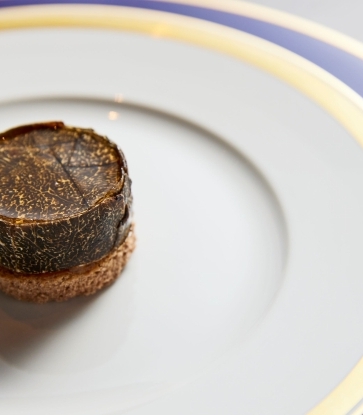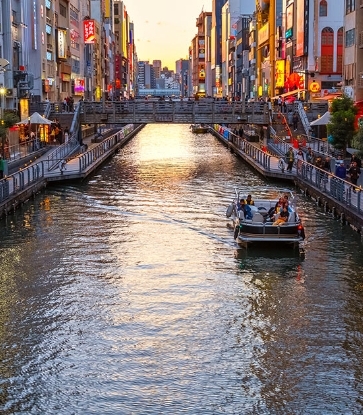Although unagi is available all year round, its popularity surges in Japan during the summer months, from June to August. The Japanese eat unagi to commemorate Doyo no Ushi no Hi, which translates to “the midsummer day of the year of the ox”. Dating back to the Edo period, this tradition of feasting on unagi is a way to prevent heat fatigue during the summer months. Consuming eel is also believed to help improve one’s health as the fish is high in omega-3 fatty acids, vitamin A and protein.
The Japanese freshwater eel, or unagi, is hardly the most appealing of sea creatures. But where it lacks in aesthetics, it more than makes up for in flavour. When seasoned with the unagi sauce then grilled over charcoal, the meat is tender and fatty — and the skin is delightfully crisp with just the right amount of char. One of the most popular unagi dishes is unaju, which has sweetened soy sauce (tare) slathered on charcoal-grilled eel and sprinkled with sansho before it is served on top of rice in a traditional Jubako box.
But why settle for just any grilled eel when our inspectors have dined at these specialist restaurants and come up with a list that's worth visiting? Just be sure to make arrangements in advance or risk being edged out by eager diners.

Ishibashi (One MICHELIN Star)
What the MICHELIN Guide Inspectors Say: “The unagi comes from a designated farm in Shizuoka and Kyushu, with the feed, cultivation period, etc. all specified by Ishibashi’s owner. You’re asked to order when you reserve, but cooking only begins when you arrive, so be prepared to wait. The broiled eel, which is free of excess oil, is served on rice in a Wajima lacquered box with a light, slightly tangy sauce to flavour the rice. The pickles, prepared using rice bran in a time-honoured way, are also good.”
Nodaiwa Azabu Iikura Honten (One MICHELIN Star)
What the MICHELIN Guide Inspectors Say: “Fifth-generation owner-chef Kanejiro Kanemoto continues his family’s culinary legacy that began in the late Edo period. The Shirayaki here is steamed to remove excess fat, and is so soft that it’s hard to grab. The Kabayaki, which has a light, airy texture, goes well with the rice, and is topped with traditional sauce. He also uses wild-caught unagi depending on the season.”

Hashimoto (Bib Gourmand)
About the Restaurant: Founded in 1835, the restaurant is run by the sixth-generation owner-chef. The unaju consists of tasty, tender steamed unagi on rice, covered evenly in sauce. The recipe for the somewhat salty sauce has been passed down from generation to generation and the owner-chef says he looks for strong tasting unagi that will go well with the sauce. The unaju takes 20 to 30 minutes so enjoy snacks like mukobone and hire while you wait.

Watabe (Bib Gourmand)
About the Restaurant: Watabe adheres to the Kanto-style of preparing unagi, which is being steamed before it is grilled. In order the make the lacquered meat more tender and flavourful, the chef steams the eel over tea leaves for 30 minutes to imbue the meat with a subtle roasty fragrance that enhances the aroma of the eel.
For its specialty Deluxe Eel Box, the broiled eel, which is sourced from Chiba, is dipped in a house-made sauce made with a 60-year-old recipe and served with sancho and pickled vegetables. Look out for other eel-based dishes such as eel and cucumber salad, and crisp eel bone crackers.
Complied by Kenneth Goh


















